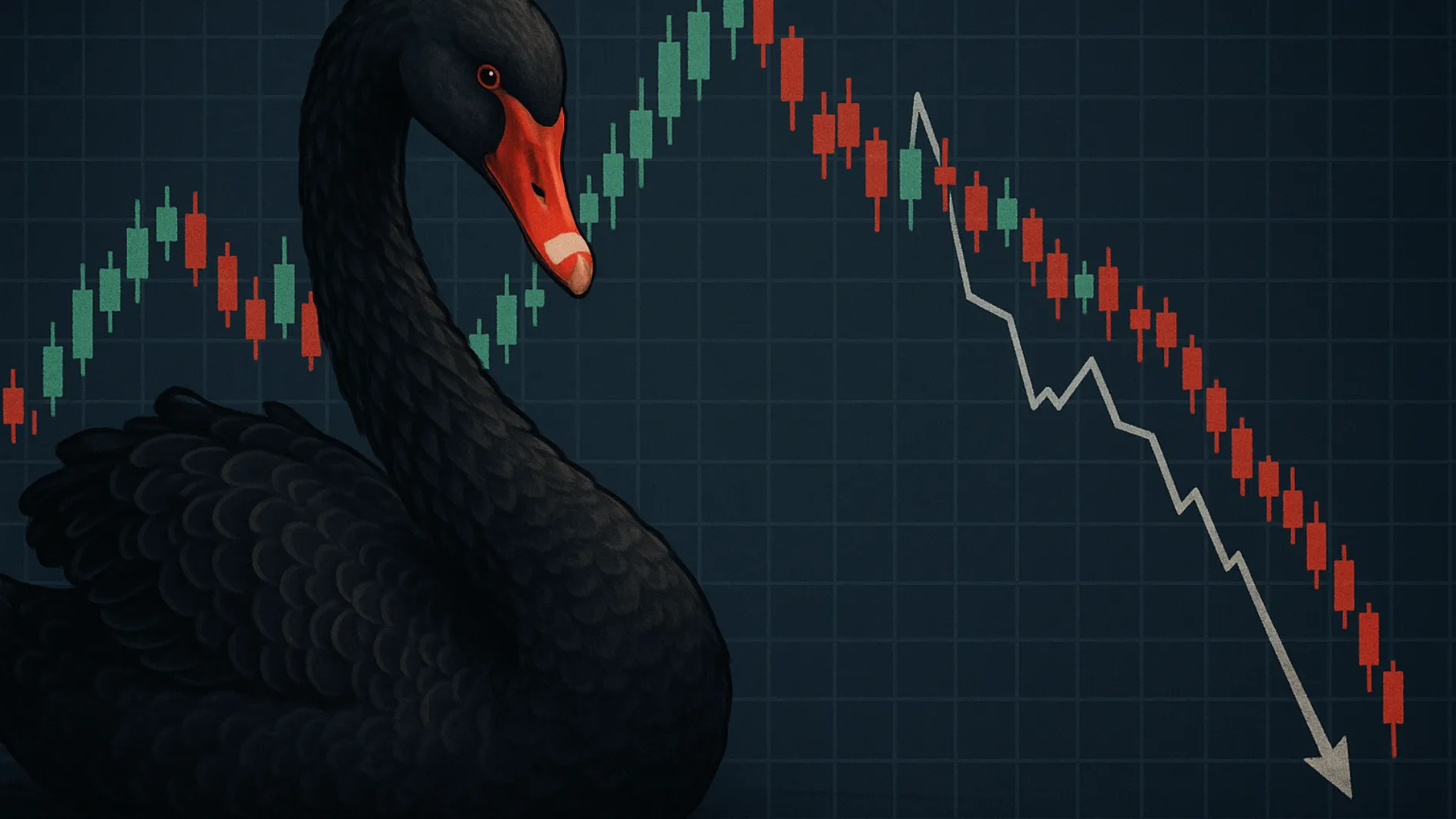Last Updated:
Jul 23, 2025
Essential trading terms every crypto investor should know
Last Updated:
Jul 23, 2025

Author
Share this article
Diving into the world of cryptocurrency investing and trading without a solid understanding of key terminology is like trying to read a map in an unfamiliar language — you can easily get lost and miss important opportunities. To confidently navigate the market, grasp price dynamics, and make informed decisions, it’s crucial to know the fundamental and advanced trading terms.
In this article, we’ll explore the most important concepts you’ll encounter in any market analysis or trading strategy. We’ll not only explain what these terms mean but also show how you can apply them in practice.
1. Candlestick
Japanese candlesticks are the foundation of technical analysis. Each candlestick shows four key data points within a chosen time frame: opening price, closing price, high, and low. Combinations of candlesticks form patterns that signal potential reversals or continuations of trends. Understanding candle patterns like the hammer, hanging man, or doji helps traders interpret market psychology and sentiment.
2. Bull and bear markets
A bull market occurs when the majority of investors are confident, trading volumes increase, and prices rise steadily. Conversely, a bear market is marked by pessimism, falling prices, and many investors trying to exit positions. Recognizing transitions between these phases is essential to adapting your trading strategies.
3. Liquidity
Liquidity measures how easily an asset can be bought or sold without significantly impacting its price. High liquidity is associated with large trading volumes and narrower spreads (the difference between buying and selling prices), making trades more efficient and less risky.
4. Stop Loss and take profit
These are essential risk management tools. A stop loss order automatically closes a position once a certain loss threshold is reached, minimizing potential losses. A take profit order locks in gains when a target price is hit. Proper use of these tools helps avoid emotional decisions and protects your capital.
5. Flat (Sideways market)
A flat market is a period of consolidation when prices fluctuate within a narrow range without a clear trend. During this phase, trading volumes often decrease, and patience is required to wait for breakout signals.
6. Pump and dump
A classic market manipulation tactic where the price of an asset is artificially inflated (“pumped”) by coordinated buying and hype, only for insiders to sell off their holdings quickly (“dump”), causing the price to crash. Awareness of this scheme helps investors avoid falling victim to scams.
7. Swing trading
A strategy focused on capturing medium-term price movements, usually holding positions from several days to a few weeks. Swing traders combine technical analysis and fundamental news to identify entry and exit points.
8. Day trading
An intensive trading style where positions are opened and closed within the same day. Day trading requires high focus, fast decision-making, and a strong grasp of market micro-movements.
9. Fundamental and technical analysis
Fundamental analysis assesses an asset’s value based on internal and external factors like project team, news, technology, competition, and economic conditions.
Technical analysis uses charts, patterns, and indicators to forecast price movement.
Together, they provide a comprehensive market view.
10. Margin trading and leverage
Using borrowed funds to increase the size of a position. While leverage can amplify profits, it also significantly raises the risk of losses and forced liquidation. Proper risk management is vital when trading on margin.
11. Diversification
A risk management strategy involving spreading investments across different cryptocurrencies and assets. Diversification helps reduce the impact of a poor-performing asset on your overall portfolio.
12. Volatility
Volatility measures how much and how quickly an asset’s price changes. High volatility offers profit opportunities but also increases the risk of substantial losses. Understanding volatility helps tailor your trading strategy.
13. Bid and Ask
The bid price is the highest price a buyer is willing to pay, while the ask price is the lowest price a seller is willing to accept. The difference between them is called the spread, which indicates liquidity. A narrow spread is favorable for traders.
14. Scam
Fraudulent projects or deals that can lead to financial loss. Scams range from fake ICOs and Ponzi schemes to counterfeit tokens. Knowing how to identify scams is critical to protecting your investments.
15. Snake pattern
A zigzag price movement pattern that shows alternating rises and falls. Analyzing such patterns helps traders identify support and resistance levels and prepare for reversals.
16. Dead loop
A market condition where price remains confined within a narrow range for an extended period without any clear direction — essentially stagnation. This often coincides with reduced trading volume and requires patience from traders.
17. Order
An instruction sent to an exchange to buy or sell an asset with specified parameters such as price and quantity. Orders can be market orders (executed immediately at current prices), limit orders (executed at a set price or better), stop orders, etc.
18. Liquidation
The forced closure of a position by the exchange due to insufficient funds to cover losses, most common in margin trading. Avoiding liquidation requires careful management of leverage and stop-loss orders.
19. Airdrop
A free distribution of tokens to users, often used as a promotional tool. Participating in airdrops can provide extra assets at no cost if you prepare your wallet and meet the eligibility requirements.
20. Snapshot
A recording of wallet balances at a specific moment, used for distributing tokens, bonuses, or participation in airdrops. Knowing snapshot dates helps investors prepare and avoid missing opportunities.
21. Black Swan
A term describing rare, unpredictable, and highly impactful events that drastically change market conditions. Examples include sudden crashes, regulatory shocks, or major technical failures. Black swan events often cause severe losses, especially for unprepared traders. Having contingency plans and not putting all your capital in one asset can mitigate risks.
22. Futures
Contracts obligating the purchase or sale of an asset at a predetermined price on a future date. Futures allow traders to profit from both rising and falling markets but come with increased risk due to leverage.
23. HODLing
A long-term strategy of holding cryptocurrencies despite market fluctuations. The term originated as a misspelling of “hold” and reflects a belief in the asset’s long-term growth potential.
24. Tokenomics
The economic model of a token, including total supply, distribution mechanisms, use cases, and incentives for holders. Understanding tokenomics helps evaluate a project’s long-term viability.
How to apply these terms in practice
Mastering these trading terms empowers you to develop your own strategies, manage risks wisely, and avoid common mistakes. For example, you can:
● Use candlestick patterns and support/resistance levels for precise trade entries.
● Implement stop-loss and take-profit orders to protect capital.
● Spot pump-and-dump schemes and steer clear of scams.
● Prepare for black swan events to reduce unexpected losses.
● Diversify your portfolio and choose appropriate leverage.
This comprehensive approach will make you a more confident and successful participant in the crypto market.
Author
Share this article
